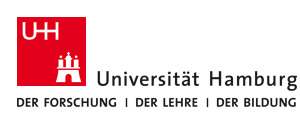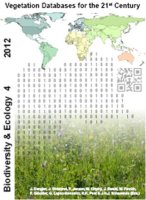Biodiversity & Ecology
Short Database Report Open Access
EVSItalia Database HABITAT OF ITALY
Keywords: Italian vegetation; phytosociology; TURBOVEG.
 English
English
Abstract: The EVSItalia Database HABITAT OF ITALY (GIVD ID EU-DIT-018) contains 5,441 relevés (including 2,422 taxon names). 58% of the relevés come from the scientific literature; the remaining 42% have been collected by the authors during several field campaigns carried out between 2001 and 2011. Phytosociological investigation followed the methods described by Westhoff and van der Maarel and Braun-Blanquet. The location of the relevés was selected in relation to the homogeneity of the physical features, vegetation structure and species distribution. According to these criteria different kinds of habitats were sampled in the Italian territory: sand dunes, wetlands, woodlands, shrublands and grassland (from the coast to the Alpine belt) etc. The main focus of the database is to collect and store bibliographic relevés of Italian forest vegetation. The database was created using TURBOVEG.
Suggested citation:
De Sanctis, M., D'Angeli, D., Testi, A., Attorre, F. (2012): EVSItalia Database HABITAT OF ITALY. – In: Dengler, J., Oldeland, J., Jansen, F., Chytrý, M., Ewald, J., Finckh, M., Glöckler, F., Lopez-Gonzalez, G., Peet, R.K., Schaminée, J.H.J. [Eds.]: Vegetation databases for the 21st century. – Biodiversity & Ecology 4: 408–408. DOI: 10.7809/b-e.00196.


